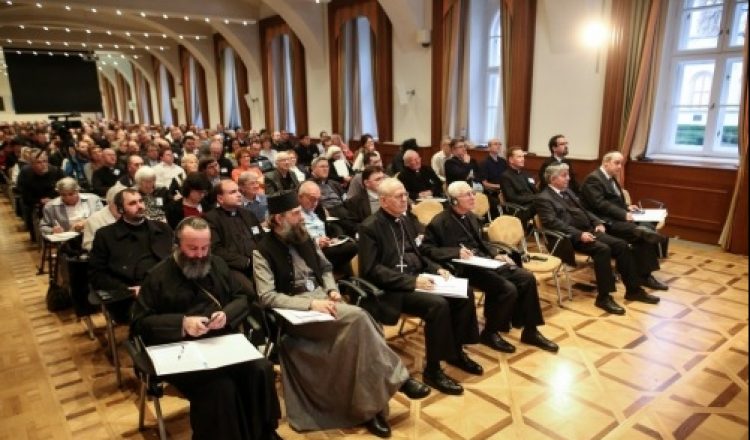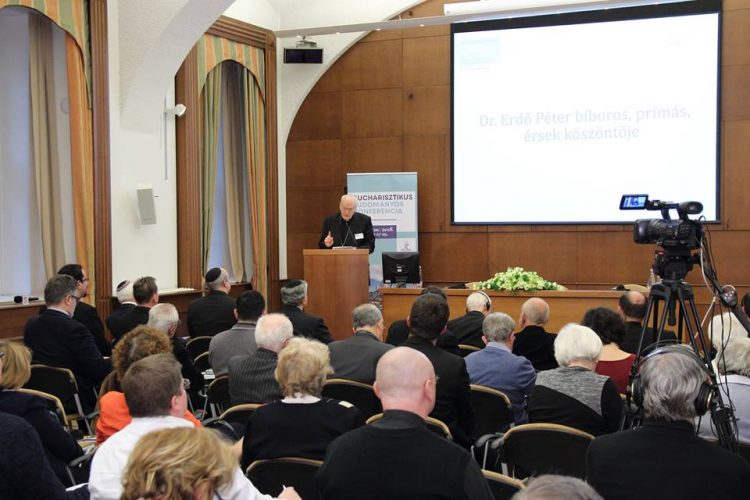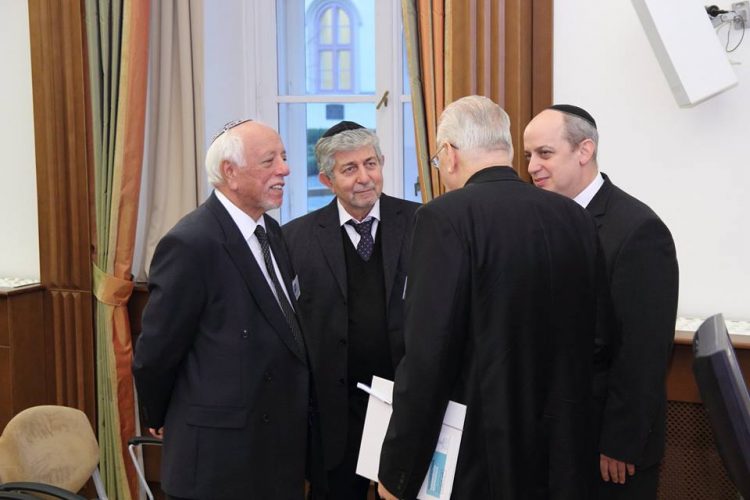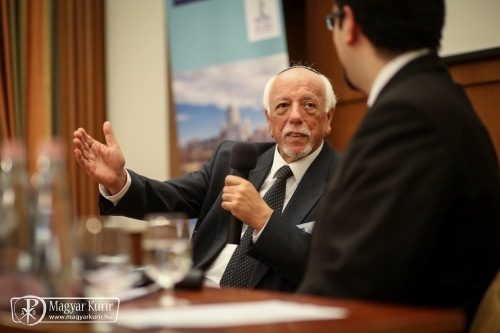A special addition to our thinking about the Eucharist are the perceptions, traditions and practices of the Christian communities. The traditions and the theology of the Orthodox Churches shed light on such points of our Eucharistic thinking, which have a smaller emphasis in the Latin theology and practice.
The perception of our Protestant brothers and sisters about the communion is not only important to understand the old polemics, but rather it helps the deepening of today's dialogue. The way, on which dialogue shall proceed is marked by the better understanding of each other's perceptions and the deepening of our love for Christ, and not by forgetting or understating our differences.
I would like to thank to all the magnificent lecturers, who held a speech in this conference: our Jewish brothers, the distinguished representatives of the Orthodox and Protestant Churches and all the Catholic lecturers, who greatly help, so that in two years the International Eucharistic Congress shall be a feast of friendship and love.
With these thoughts I would like to wish success and blessing for this conference!
"How beautiful and magnificent is, when brethren think together" - started chief rabbi Alfréd Schöner. First he talked about the synagogue of Esztergom (today the building houses cultural institutes - ed.), where we still can see the two stone tablets, but the ten words are not on them anymore. They went up to heaven, but also remained in the souls of the people.














